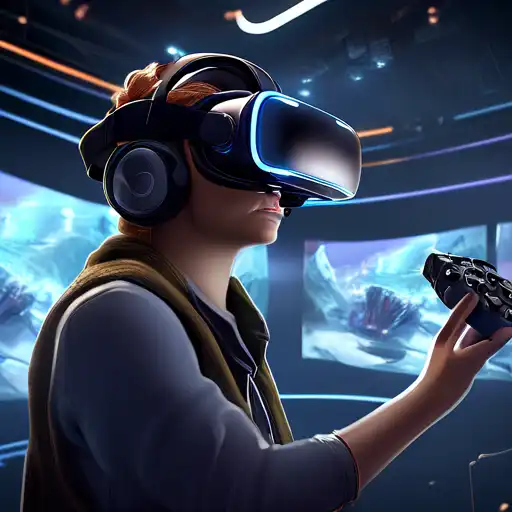Understanding the Complexities of VR Content Development
Virtual Reality (VR) has emerged as a groundbreaking technology, offering immersive experiences that were once the stuff of science fiction. However, developing content for VR presents a unique set of challenges that creators must navigate to deliver compelling and engaging experiences.
Technical Limitations and Hardware Diversity
One of the primary hurdles in VR content development is the technical limitations and the diversity of hardware. Developers must ensure their content is compatible across various devices, each with its own specifications and capabilities. This requires extensive testing and optimization, which can be both time-consuming and costly.
High Development Costs
Creating VR content is not cheap. The need for specialized software, hardware, and skilled personnel can significantly increase the budget. Small studios and independent creators often find it challenging to compete with larger companies that have more resources at their disposal.
User Experience and Motion Sickness
Another significant challenge is designing for user experience, particularly in avoiding motion sickness. VR environments can cause discomfort for some users, making it crucial for developers to implement design strategies that minimize these effects without compromising the immersive quality of the experience.
Content Innovation and Storytelling
VR offers a new medium for storytelling, but this also means that traditional narrative techniques may not always translate well. Creators must innovate and experiment with new ways to tell stories that leverage the immersive nature of VR, which can be a daunting task without clear precedents to follow.
Optimizing for Performance
Performance optimization is critical in VR development. High frame rates and low latency are essential to prevent user discomfort and ensure a smooth experience. Achieving this while maintaining high-quality visuals requires a delicate balance and advanced technical expertise.
Conclusion
Despite these challenges, the potential of VR as a medium for entertainment, education, and beyond is undeniable. By addressing these hurdles head-on, developers can unlock new possibilities and push the boundaries of what's possible in virtual reality. For those interested in exploring more about VR technology, check out our guide on VR technology.
As the VR landscape continues to evolve, so too will the solutions to these challenges. The key to success lies in innovation, collaboration, and a deep understanding of both the technology and the audience. For more insights into digital innovation, visit our digital innovation section.
